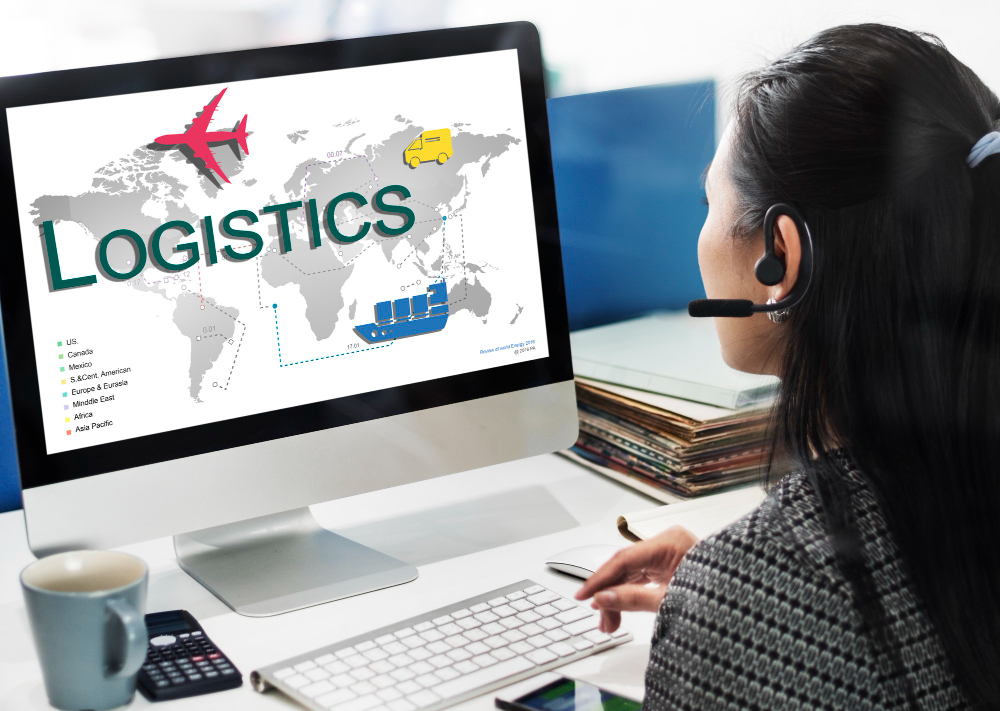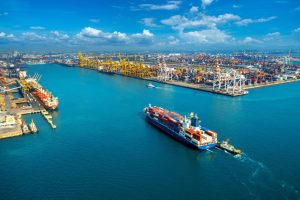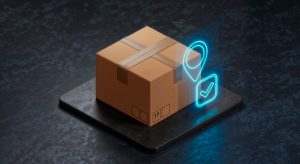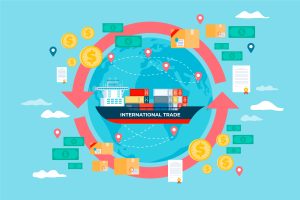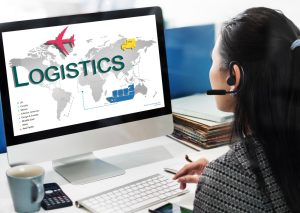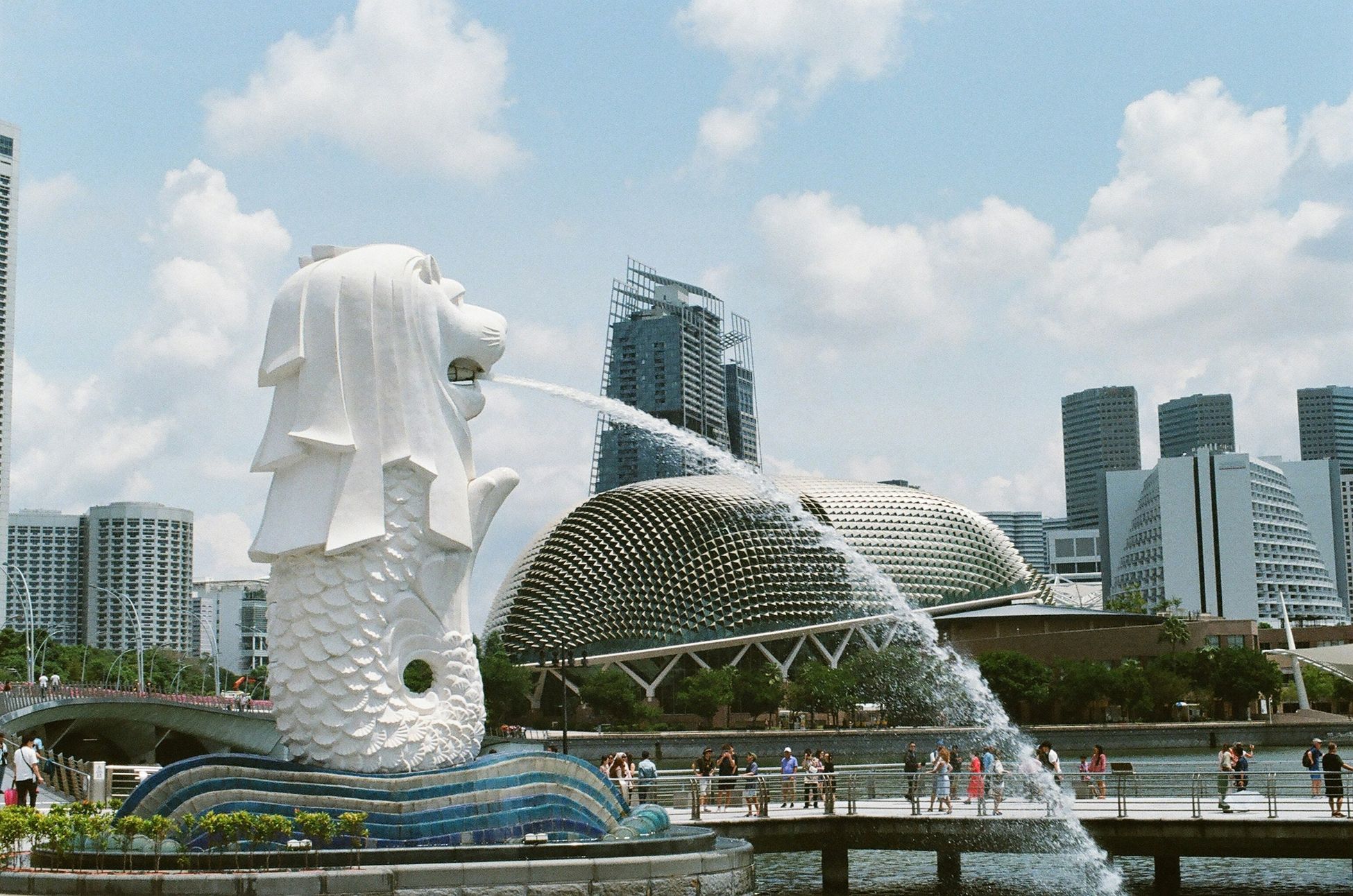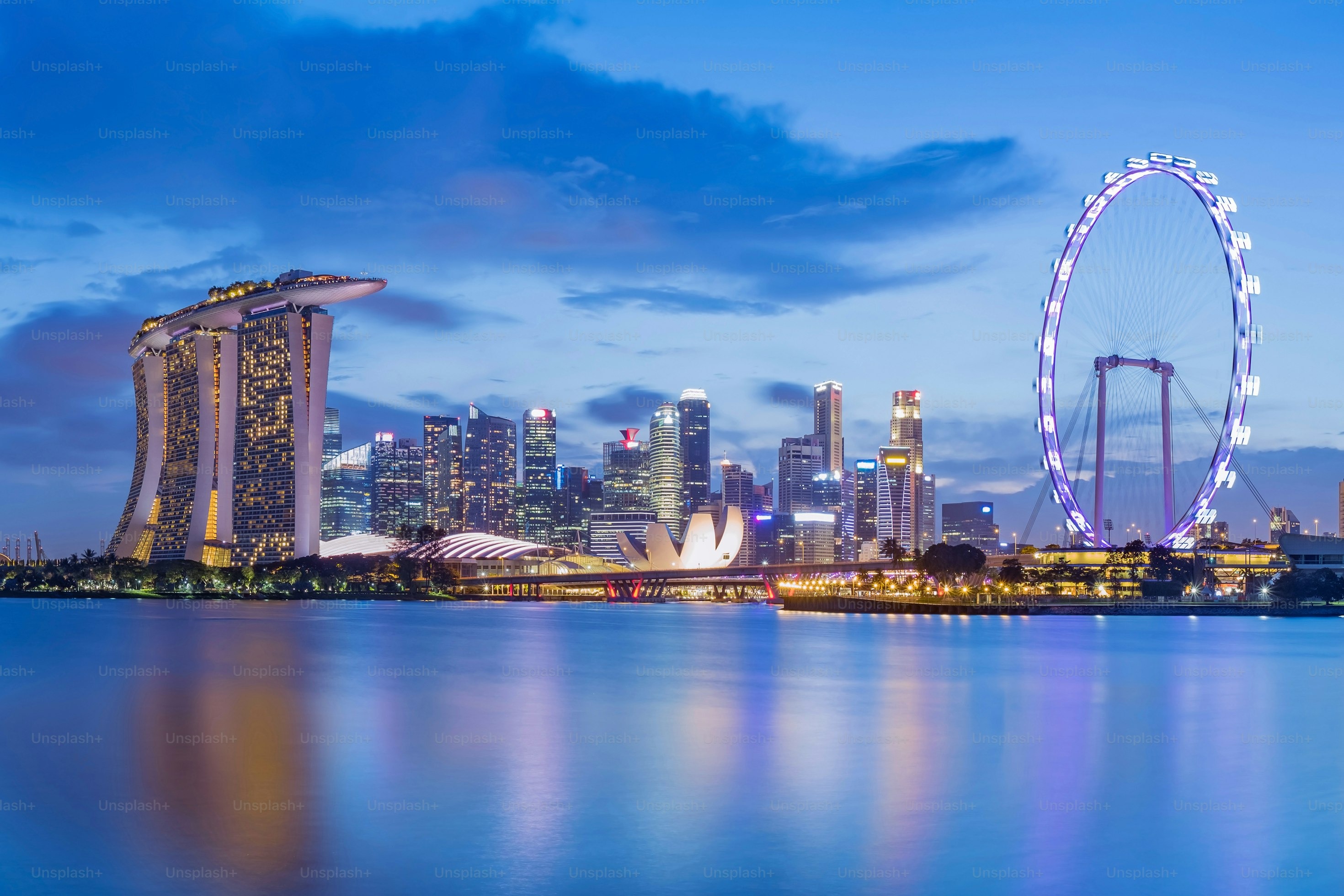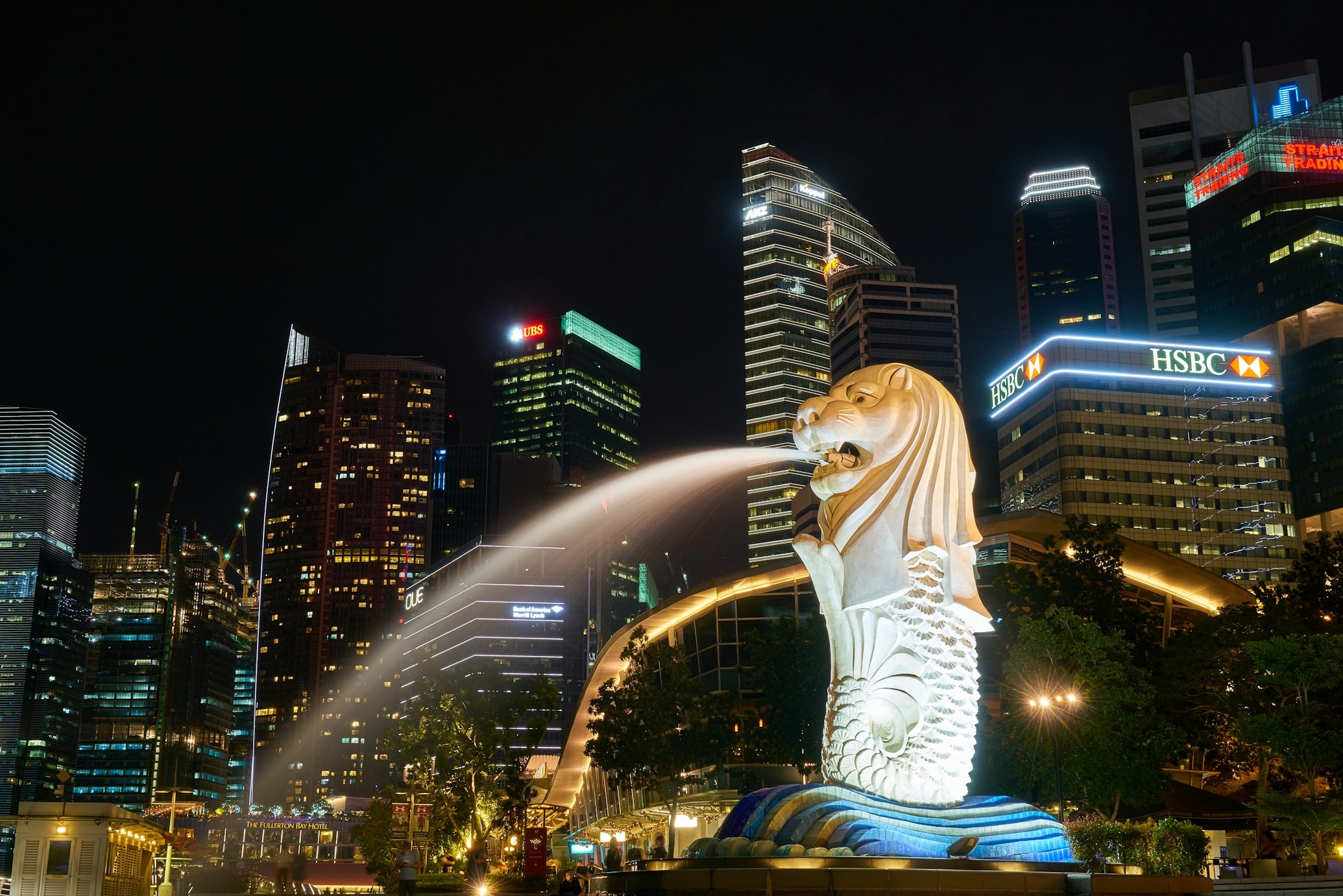Singapore is widely recognized as one of the most open economies in the world, with its port ranking among the busiest globally. Whether you’re a new entrepreneur, a growing e-commerce business, or a multinational company, importing goods into Singapore offers immense benefits due to its low tariffs, strong legal infrastructure, and high logistics efficiency.
In this comprehensive guide, you’ll learn the full process of import to Singapore, including customs regulations, required permits, GST, and best practices to ensure smooth, timely, and legal importation.
Why Import to Singapore?
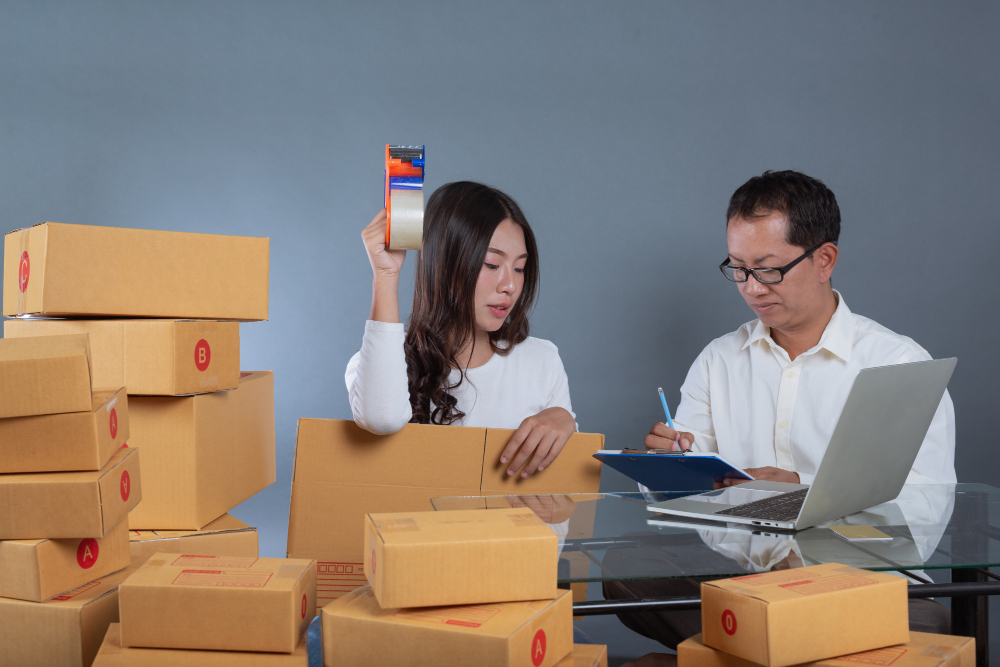
Singapore is not just a popular export hub—it is also a thriving import destination. Its strategic location in Southeast Asia, political stability, and pro-trade policies make it a prime entry point for goods from all over the world.
Key Advantages of Importing to Singapore:
-
Low Tariffs: Most goods are duty-free
-
Efficient Customs: Fast, digital processes via TradeNet
-
Business-Friendly Legal Framework
-
World-Class Ports and Airports
-
Access to ASEAN and Global Markets
What Products Are Commonly Imported to Singapore?
Singapore imports a wide range of products, particularly those that support its tech, food, medical, and infrastructure sectors. Here’s a breakdown:
Popular Imported Goods:
-
Electronics and semiconductors
-
Pharmaceuticals and medical devices
-
Processed foods and beverages
-
Cosmetics and personal care products
-
Construction materials and tools
-
Raw materials (chemicals, metals, etc.)
-
Fashion, bags, and accessories
-
Automotive and marine parts
Because Singapore is a relatively small country with limited natural resources, it imports many raw materials for manufacturing, as well as finished consumer goods.
Step-by-Step Process of Importing to Singapore
Step 1: Register for a UEN and Activate Your Customs Account
To legally import goods into Singapore, your business must first be registered with ACRA (Accounting and Corporate Regulatory Authority) and obtain a Unique Entity Number (UEN).
Once you have your UEN:
-
Log into TradeNet to activate your customs account
-
Processing time: Usually within 1–2 business days
Note: If you’re a foreign company, you can work with a local registered import agent or set up a local business entity.
Step 2: Determine If the Goods Are Controlled or Restricted
Not all goods can be freely imported. Singapore has strict regulations on controlled and prohibited items.
Controlled Goods Require Import Licenses, e.g.:
-
Telecommunication devices (e.g., Wi-Fi routers)
-
Drugs and medical products
-
Food and beverages (require AVA approval)
-
Hazardous chemicals
-
Military and surveillance equipment
Apply for licenses via the respective government agencies:
-
HSA – Health Sciences Authority
-
SFA – Singapore Food Agency
-
IMDA – Infocomm Media Development Authority
-
NEA – National Environment Agency
Always check the Singapore Customs Classification Search Tool to verify your product category.
Step 3: Classify Your Goods Using HS Codes
Every product must be identified using a Harmonized System (HS) code, which helps customs determine the correct tax rate, license requirement, and documentation.
-
You can search for HS codes using the Singapore Customs database.
-
Misclassification can lead to penalties, delays, or rejection.
Step 4: Apply for Import Permits via TradeNet
Before the goods arrive, submit an Import Permit Application using the TradeNet system. There are different types of permits depending on the product and tax status.
Most common:
-
INP (In-Non-Payment Permit) for goods with no duties
-
Duty Payment Permits for dutiable goods (e.g., alcohol, tobacco, petroleum)
A licensed freight forwarder or declaring agent can handle this step on your behalf.
Permits should be approved before shipment arrival at the port.
Step 5: Shipping and Customs Clearance
You can import to Singapore by air freight, sea freight, or land transport (from Malaysia).
Main Entry Points:
-
Sea: PSA Terminals (Tuas & Pasir Panjang)
-
Air: Changi Airfreight Centre
-
Land: Tuas and Woodlands Checkpoints (from Johor, Malaysia)
Required Documents for Customs Clearance:
-
Bill of Lading / Air Waybill
-
Packing List
-
Commercial Invoice
-
Certificate of Origin (for FTA claims)
-
Approved Import Permit
-
Relevant licenses (if applicable)
Customs officers may inspect shipments at random or if flagged. For high-risk or sensitive items, physical inspection is likely.
Step 6: Pay Goods and Services Tax (GST) and Duties
While most goods are duty-free, all imports are subject to 9% GST (as of 2024). The tax is calculated on the CIF (Cost + Insurance + Freight) value.
GST Payment Methods:
-
Interbank GIRO (for regular importers)
-
Cash / cheque at customs (less common)
-
Via your appointed freight forwarder
If importing alcohol, tobacco, or petroleum, be prepared to pay additional customs duties.
Speial Import Schemes and Cost-Saving Tips
1. Major Exporter Scheme (MES)
If you’re a high-volume importer, the MES allows you to suspend GST on imports. Ideal for businesses that re-export goods regionally.
2. Free Trade Agreements (FTAs)
Singapore has FTAs with many countries. Claiming preferential tariffs requires:
-
A Certificate of Origin
-
Proper documentation proving product origin
3. Importing for Re-export (Transshipment)
Singapore’s strategic location makes it an excellent logistics hub. You can import, warehouse, and re-export goods without full customs clearance using bonded facilities.
Choosing a Freight Forwarder or Customs Broker

While businesses can self-declare imports, many choose to work with a licensed declaring agent or freight forwarder for convenience. These experts can handle:
-
Permit applications
-
HS code classification
-
Cargo handling
-
GST and duty payments
-
Delivery and local distribution
Partnering with an experienced logistics provider helps reduce errors, delays, and penalties—especially if you’re new to the Singapore import process.
Common Mistakes to Avoid When Importing to Singapore
-
Failing to activate customs account in time
-
Using the wrong HS code
-
Not checking if goods are controlled
-
Submitting incomplete documents
-
Misunderstanding GST and customs duty calculation
-
Choosing an unreliable freight forwarder
Start Your Import Journey to Singapore!
Whether you’re sourcing electronics, industrial components, or gourmet products, importing goods into Singapore is one of the most efficient and reliable trade processes in the world. With clear regulations, digital customs systems, and world-class ports, Singapore is truly built for global trade.
By following the steps outlined above—business registration, permit application, customs clearance, and tax compliance—you can ensure your imports are smooth, legal, and profitable.


